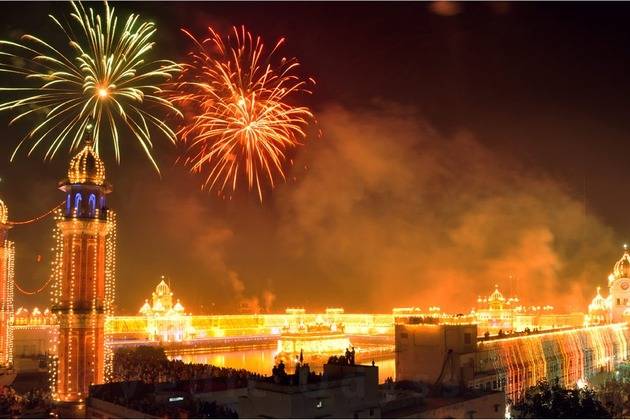The country reached a high and most concerning level of air pollution on Sunday. The particulate matter or the PM of 2.5 and 10 micrometres in diameter rose in cities like New Delhi, Mumbai, Pune, Lucknow and Kolkata. In the national capital, New Delhi, winds were in shortage causing the particulate matter to remain on ground level, mixing with pollutants and toxic gases. The PM 2.5 rose to “hazardous” levels, from 643 to 999 micrograms. The safe microgram happens to be 60 micrograms. PM 10 was was also 999 micrograms per cubic metres, the safe number here is 100 micrograms. The smog that blocked the view in several areas caused five vehicles to swerve on the Delhi-Noida highway on Monday - but no injuries were reported. Mumbai did better than Delhi in controlling PM 2.5. Mumbai’s PM stood at level 494, still on a “hazardous” level.
Pune found the level of PM 2.5 to be 400 and the level of PM 10 to be 268. Bangalore recorded a level of 180 for PM 2.5, while Kolkata saw the level at 378 and Lucknow saw a whooping 834. Ahmedabad was the worst, with PM 2.5 level reaching 999. Project Director of SAFAR Gufran Beig stated, “The highest levels of PM 10 and PM 2.5 are expected between 11 AM to 3 AM on the night of October 30-31. Air quality will be the worst on October 31 and start to improve from November 1.” A picture released by NASA, clicked on Diwali night, shows the top half the country blurred with copious amounts of smoke. New Delhi has been ranked among the most polluted cities in the world. As years go by, the quality of air in the national capital diminishes.
Anumita Roychowdhury at the Centre for Science and Environment stated, “Last night, levels hit the severe category, which is the worst. You could see and sense how the visibility had come down and there was a choking haze all around.” Delhi faces a large threat that stems from pollution. Being landlocked, the city faces one of the most severe winters in the entire nation. Increase of pollution leads to pollutants mixing with fog to form smog, also known to be a “slow killer.” To improve the air quality of Delhi, measures like banning old trucks and limiting usage of private vehicles was undertaken by the authorities but reports suggest that these measures have done nothing to control the pollution.
In May, the World Health Organisation stated that India was home to 4 of the 10 most polluted cities in the world, Delhi was ranked 11 on that list. Each year, on the morning after the festival of Diwali, Delhi witnesses its worst smog coverage. Diwali was initially celebrated by burning 1,000 lanterns but after the start of the fireworks industry in 1940s, fireworks have dominated every Diwali celebrating household. The UNICEF, on Monday, advised children and the elderly to remain indoors to not subject their lungs to extreme respiratory problems.Last week, the government in Delhi claimed that it would install air purifiers and a mist-making device at crucial intersections to calm pollution that might affect the respiratory system.
After celebrating Diwali with pomp and show India wakes up to dangerously high levels of smog caused by fireworks




